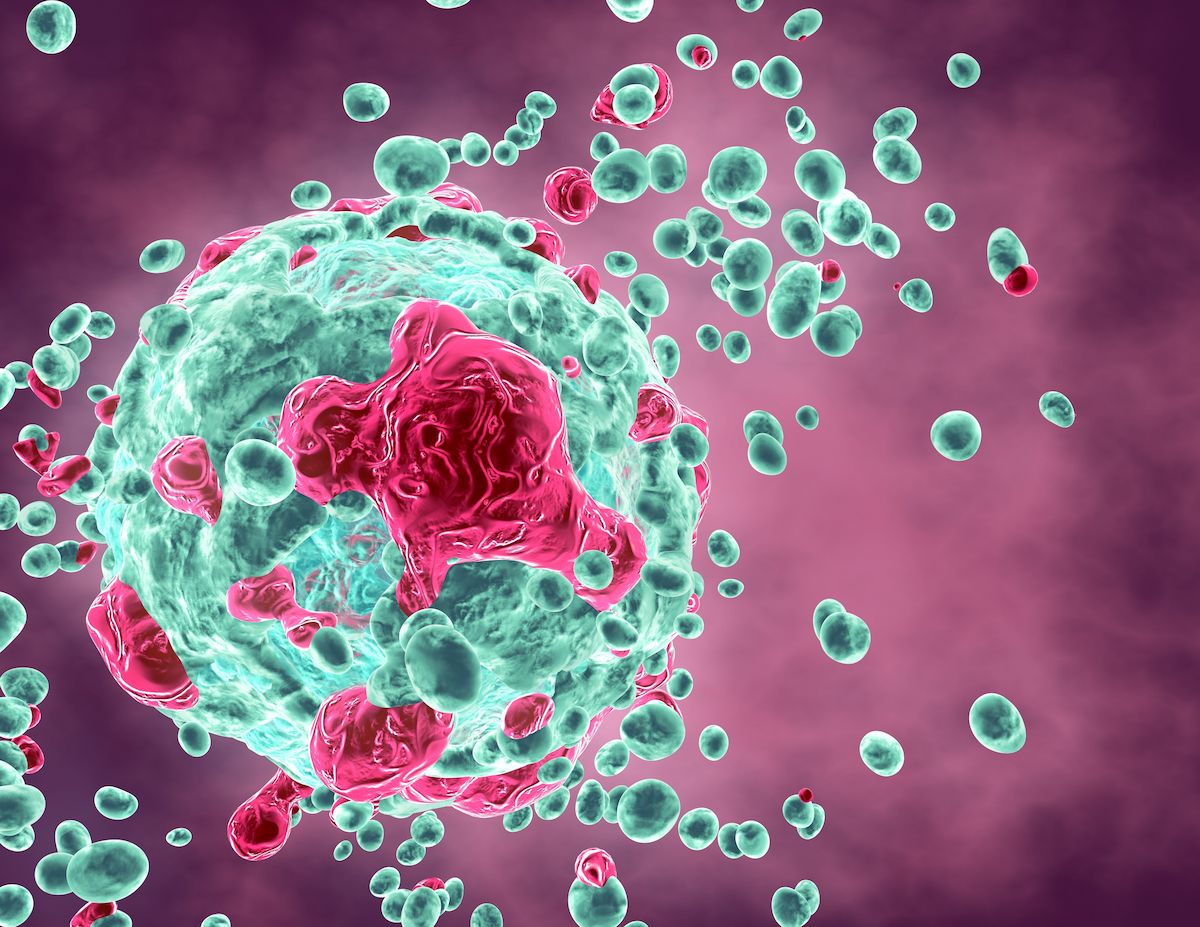13 October 2025 — In a landmark public health achievement, the World Health Organization (WHO) has validated the Maldives for eliminating mother-to-child transmission (EMTCT) of hepatitis B, while maintaining its earlier validation (in 2019)…
A technique called saturation-transfer-based MR imaging shows promise for the evaluation of molecular changes and cerebrospinal fluid (CSF)-tissue water exchange in the brains of multiple sclerosis patients, researchers have reported.
The findings…








